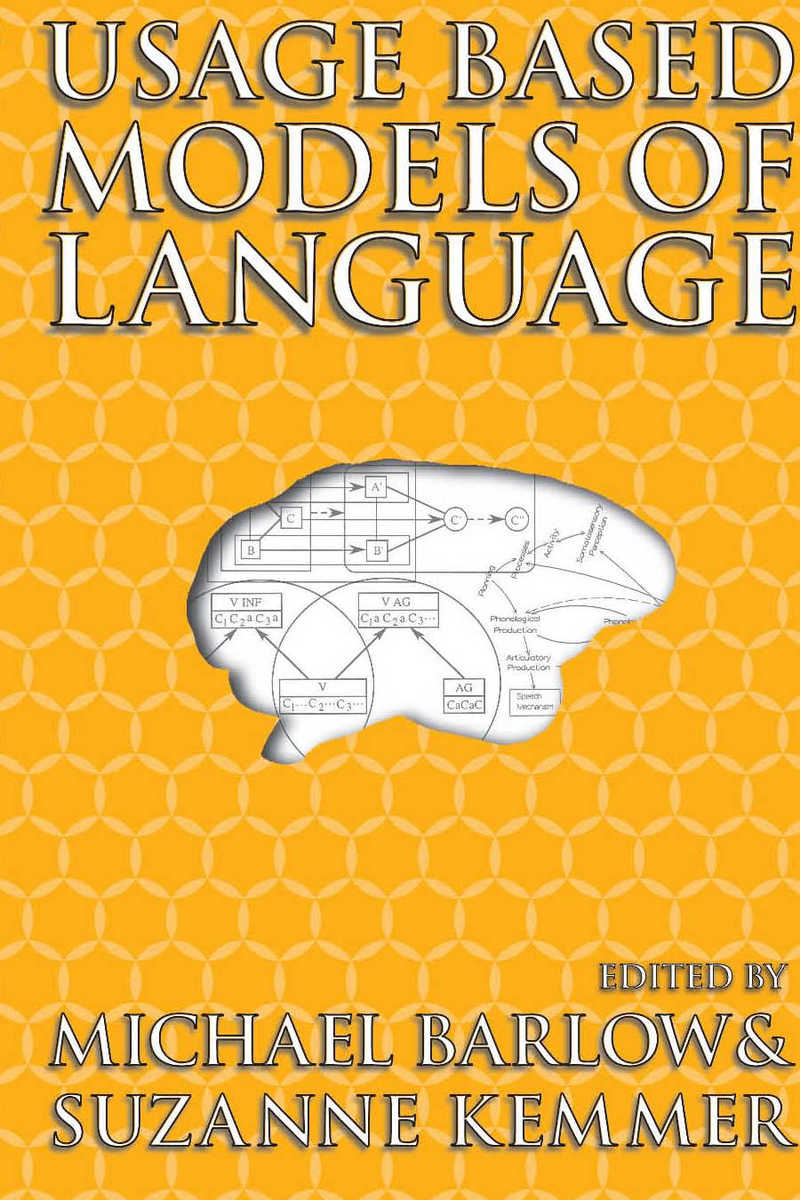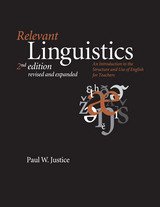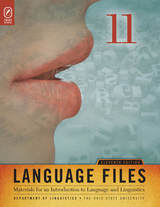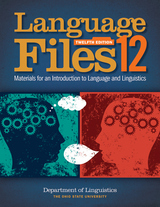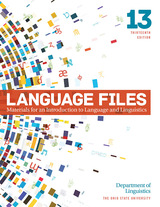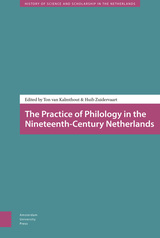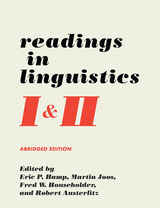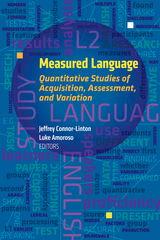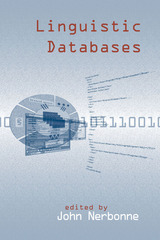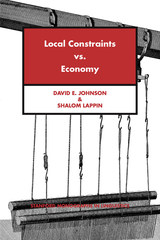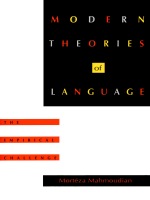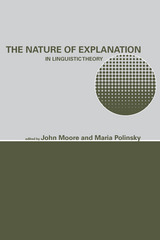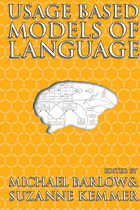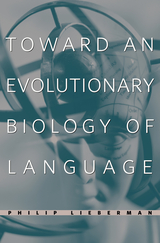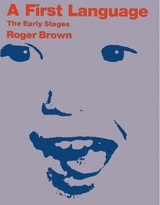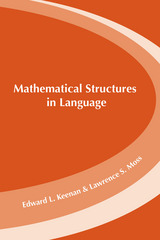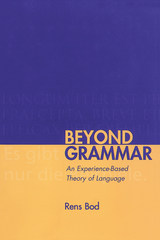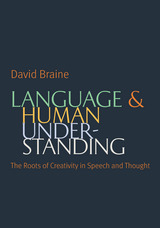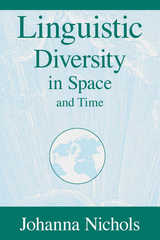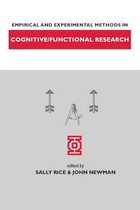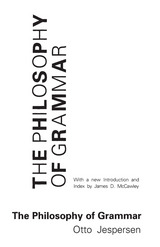Usage Based Models of Language
CSLI, 2000
Paper: 978-1-57586-220-0 | eISBN: 978-1-57586-683-3 | Cloth: 978-1-57586-219-4
Library of Congress Classification P128.M6U8 2000
Dewey Decimal Classification 418
Paper: 978-1-57586-220-0 | eISBN: 978-1-57586-683-3 | Cloth: 978-1-57586-219-4
Library of Congress Classification P128.M6U8 2000
Dewey Decimal Classification 418
ABOUT THIS BOOK | TOC
ABOUT THIS BOOK
How do humans learn how to speak and understand language? For years, linguists have developed numerous models in attempts to explain humans' ability to communicate through language. Historically, these approaches were rooted and restricted in rule-based linguistic representations. Only recently has the field of linguistics been willing to forego formal representations and models to accommodate the usage-based perspective of studying language.
Deviating from traditional methods, the contributions presented in this volume are among the first works to approach linguistic theory by developing and utilizing usage-based models. The contributing authors were among the principal leaders in their fields to leave behind rule-based linguistic representations in favor of constraint-based systems whose structural properties actually emerge from usage. The volume begins with an introductory chapter that defines contributors' interpretations of usage-based models and theories of language. The reason for the shift from formal linguistic theories to the gradual acceptance of usage-based models is also examined. Using methods such as Cognitive Grammar, the Lexical Network Model, Competition Model, Relational Network Theory, and Accessibility Theory, the selected works demonstrate how usage-based models evince far greater cognitive and neurological plausibility than algorithmic, generative models.
Deviating from traditional methods, the contributions presented in this volume are among the first works to approach linguistic theory by developing and utilizing usage-based models. The contributing authors were among the principal leaders in their fields to leave behind rule-based linguistic representations in favor of constraint-based systems whose structural properties actually emerge from usage. The volume begins with an introductory chapter that defines contributors' interpretations of usage-based models and theories of language. The reason for the shift from formal linguistic theories to the gradual acceptance of usage-based models is also examined. Using methods such as Cognitive Grammar, the Lexical Network Model, Competition Model, Relational Network Theory, and Accessibility Theory, the selected works demonstrate how usage-based models evince far greater cognitive and neurological plausibility than algorithmic, generative models.
See other books on: Cognitive Psychology & Cognition | Kemmer, Suzanne | Language | Linguistic analysis (Linguistics) | Linguistics
See other titles from CSLI
